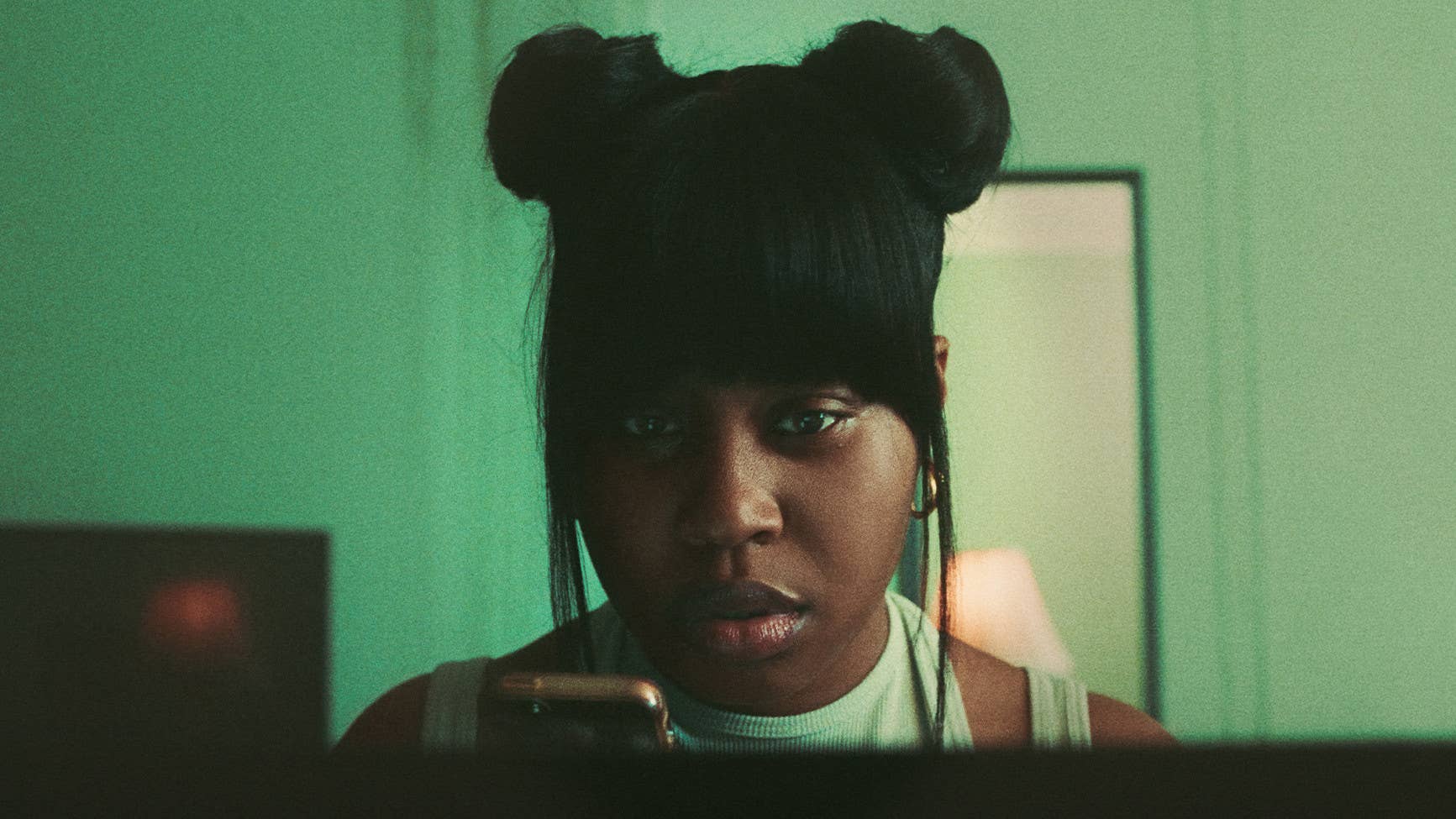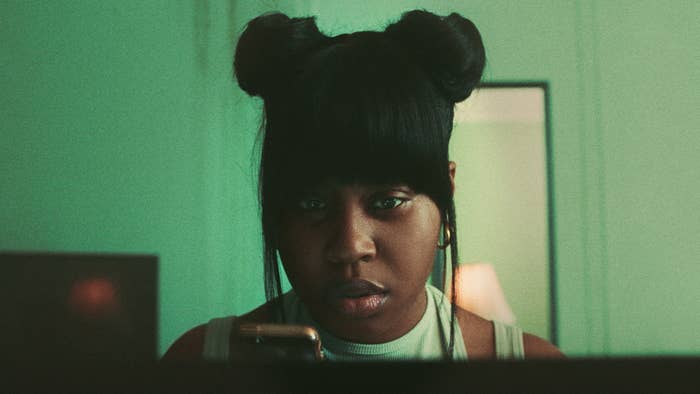
Image via Amazon
The new Prime Video show Swarm, a thriller executive produced by playwright Janine Nabers and Donald Glover, explores the darker side of fan culture: Dominique Fishback plays Dre, a stan of the world’s biggest pop star (wink-wink, nudge-nudge: she’s a “killer bee” in the singer’s “hive”) whose single-minded obsession leaves her with blood on her hands. The show is fictional but draws its horror from our collective fear of being on the wrong side of all sorts of fandoms. Here, we’ve collected eight stories about things done in the name of allegiances to everyone from Queen Bey to rappers and entire football teams.
The Wrong "Becky With the Good Hair"
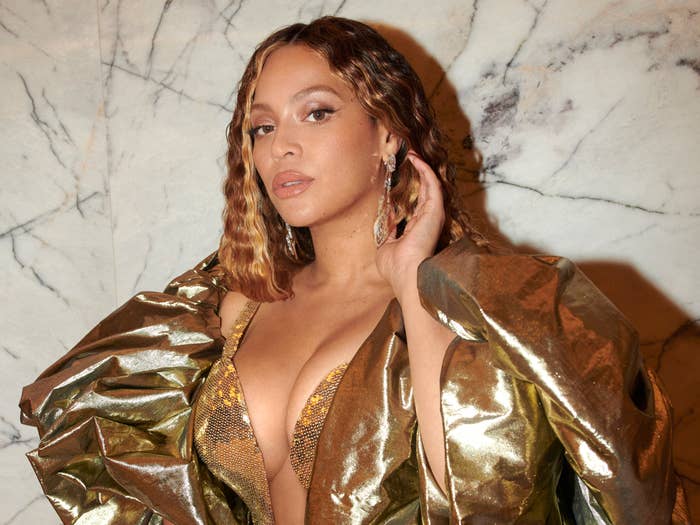
The BeyHive is the original standom, the one that took regular fandom into the social media era: In 2014, Rachel Kaadzi Ghansah wrote for NPR that “on Twitter, you can find the Hive massive and worldwide: the bugged-out French teenagers, the Brazilians tweeting from Rio, the white boys in the Midwest with Broadway dreams, connected by their love of Beyoncé, all speaking in a lexicon that makes them sound like both the forefront of the beekeeping movement and the ultimate Beyoncé fans.” Their protectiveness over her—and their pettiness in defending her honor—is almost as famous as their queen, and their convincing themselves that Rachael Ray was the infamous “Becky with the good hair” from Lemonade’s “Sorry” was one of the most outrageous historical events on Al Gore’s internet.
It started after the fashion designer Rachel Roy, who is Dame Dash’s ex-wife and would have been plausibly close enough to Jay-Z to be the “Becky” he had allegedly cheated on Beyoncé with, posted an Instagram photo with the caption “good hair, don’t care” right after Lemonade dropped. (She has denied being “Becky.”) But as the post got passed around the Hive, Rachel Roy got misread as Rachael Ray. I remember being so confused that the master of 30-minute meals would have inspired any track on Lemonade, but BeyHive members began attacking the cooking queen anyway. They spammed her pot roast photos with lemon and bee emojis, trashed her cooking skills with tweets like, “Why did Jay Z cheat on @Beyonce with @rachaelray? i used one of her recipes once it wasn’t that good…” and unjustly dragged her for being a homewrecker. Ray eventually expressed her bewilderment to Andy Cohen, saying: “I mean, I have to say, I thought it was a little flattering that people thought I even was in that world!” Things eventually settled down, and the comments on Ray’s postings went back to normal, but the event is a warning that nobody who maligns Beyoncé—even someone guilty by mis-association—is safe from the Hive! —Alana Yzola
A Little Education From the Citizenship of the Ohio State Massive
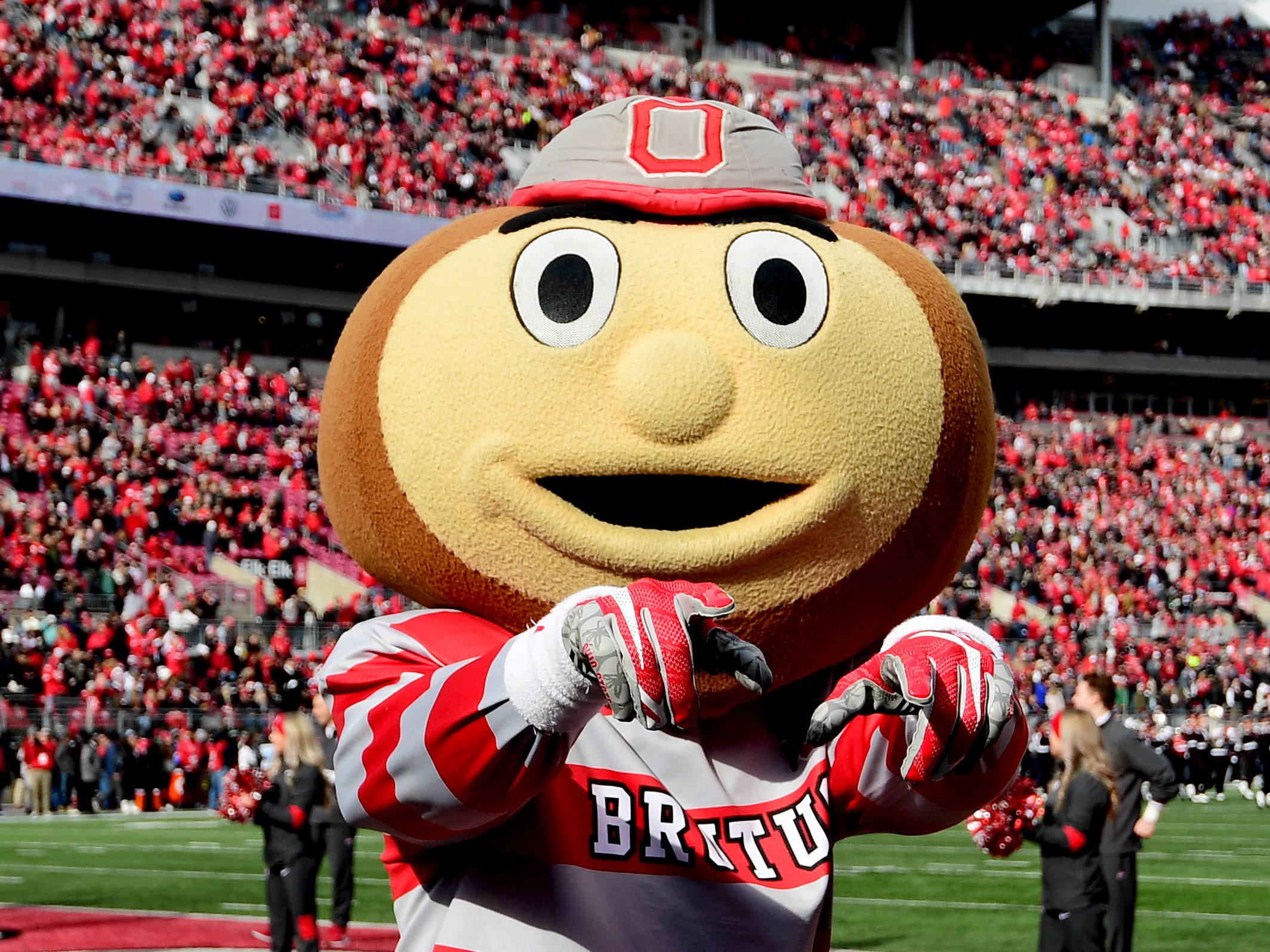
When it comes to fandom in American sports, no group of people is more fanatical than college football fans. And the more historic the program, the more irrational the behavior of its congregation. Enter The Ohio State University and its starting quarterback last season, C.J. Stroud. Going into the fall, plenty of fans and observers had sky-high expectations for the Buckeyes, considering their offense was one of the most potent in the nation, led by Stroud and wide receivers Marvin Harrison Jr. and Jaxon Smith-Njigba. The team was a final-minute missed field goal away from a championship berth, and Stroud himself would be a Heisman finalist with the highest passer rating in all of Division 1. But despite such a relatively good year for a program with a rich tradition whose alumni are scattered throughout NFL rosters—Stroud could very well be a top-five selection in this year’s NFL draft—the fan base didn’t give much leeway to their star player. In fact, they downright made things uncomfortable. During the season, Stroud isn’t on social media, but a little sleuthing has never stopped a stanbase from a little harassment. In February, he told Jim Rome that they found a way to get to him anyway: “I was getting DMs on Venmo, the money app, from fans telling me, ‘Play better.’” —Pierce Simpson
Bella Hadid Does the Most to Please Her Fans
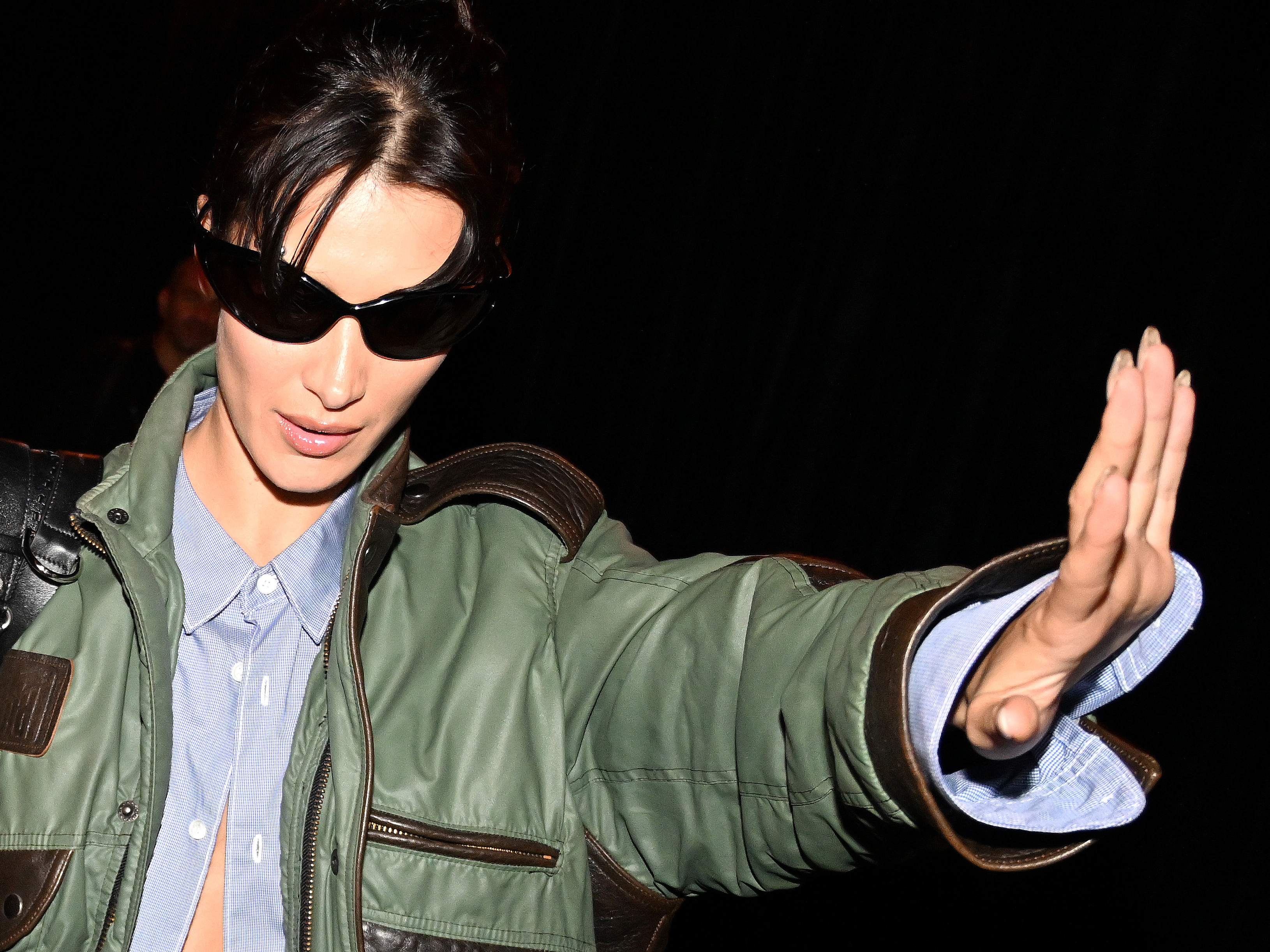
In the creative economy especially, capitalism needs public figures to create ways to keep products selling at market value. In fashion, one of the driving forces is having a public figure who wears the garments effortlessly and who can portray this fantasy of what beauty is in the eye of the economy. Bella Hadid is a model. Her career is tied to how good she is at creating space for people to project a fantasy for fashion brands. She is very good at her job. She’s walked for everyone from established houses like Mugler to the younger, viral Coperni. I’m not sure how relatable being a millionaire nepo baby model actually is, but her stans have figured it out. Bella Hadid has a following that is truly enamored with her ability to do her job. Any effort to puncture or even examine the projection she facilitates is like trying to convince a devoutly religious person that their god isn’t real: Maybe they will listen but ultimately they’re going to defend their deity. (I’ve gotten into enough arguments with Bella stans to know this for certain.)
Becoming a public figure for companies to use you to advertise their goods is not for the weak, though. What looks like enjoying the fruits of iconography is merely existing as beauty for the public’s consumption. Before they became “super,” models were generally known by face and not by name. Now, their audiences consume them as objects alongside the clothes they wear for work. “During fashion month for example,” Bella’s sister Gigi said in a Vogue cover story last year on the toll of maintaining such a facade, “even if it leads to feeling essentially emotionally burnt out, Bella spends every day backstage, in fittings, with fans, doing it all with the most energy and love, while the rest of us are zombies.” It’s no wonder that in an Instragram dump last November, she included an image of a woman’s back tattoo that reads, “I am not responsible for the fantasy that other people project on me.” —Vanessa Barros Andrade
Team Kanye Not-So-Daily
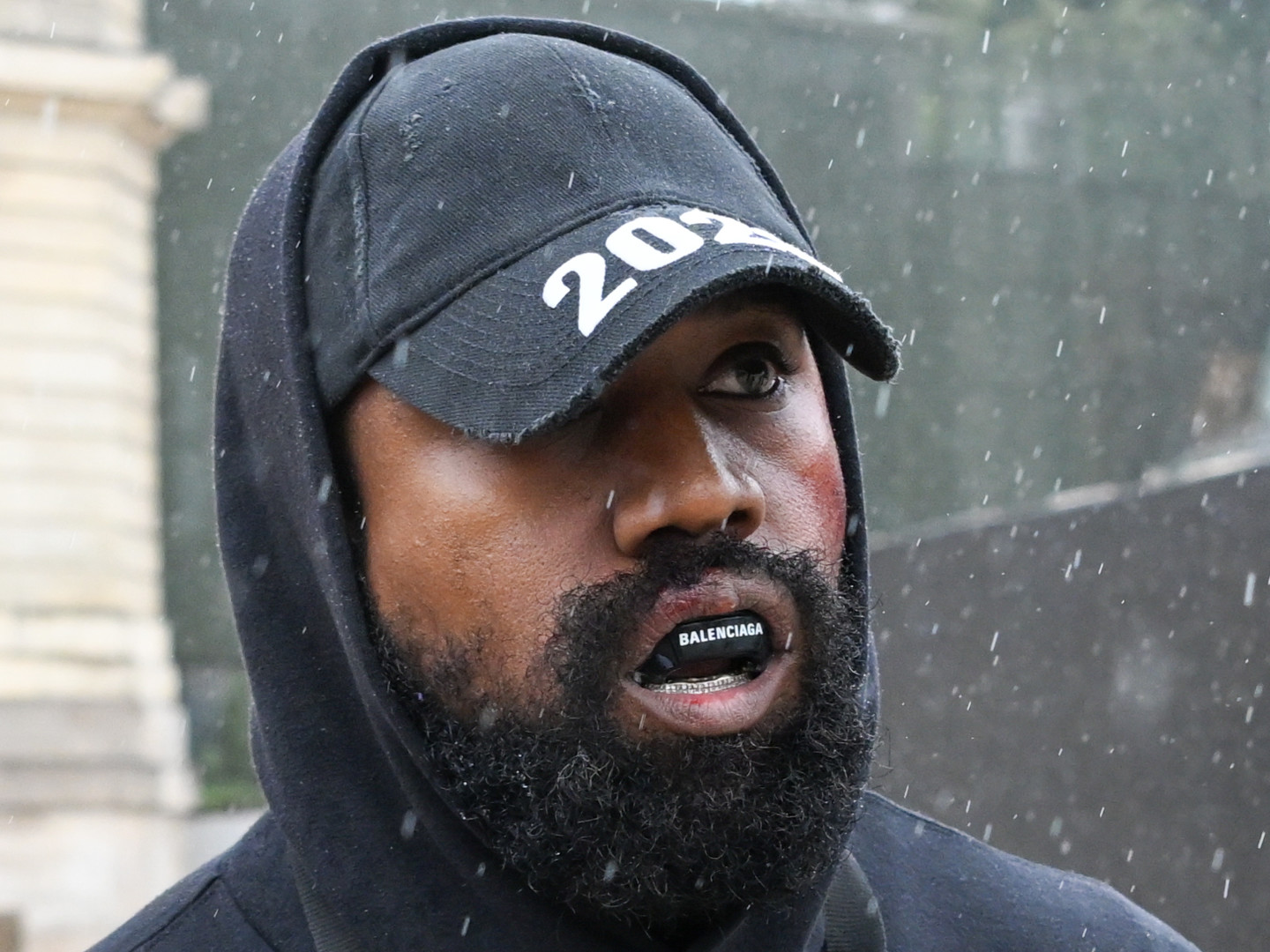
Ye has always had an on-again, off-again relationship with social media. But any time he stepped away from it, fans who wanted to stay plugged in to his whereabouts, projects, and happenings went to one source: TeamKanyeDaily. The group of die-hard, loyal Ye fans behind the fan pages gained a massive half-a-million-strong following on Instagram and nearly 300,000 on Twitter, which they joined in 2010. At one point, Kim Kardashian connected the team to the rapper; some of them even met with him in person, cementing them as a trusted and legitimate hub for all things Ye. They stuck by him, even during some of his most scandalous moments and political leanings.
But 2022 was a tough year for Ye. His antisemitic remarks and embrace of right-wing figures left him without his Adidas deal, his wax statue at Madame Tussauds in London, and even, it appears, the support of TeamKanyeDaily. The Instagram page hasn’t been updated since late November, and the Twitter page has been dormant since September. Ye’s music, style, and influence cast a long shadow over hip-hop and all of pop culture (including this outlet). Stans stick by their favorite artists through thick and thin, no matter how many other people stop supporting them. But it looks like the most durable of loyalties could still have their limits. It’s unclear whether TKD decided to stop posting because of the controversy, if they’re taking a break, or if the team was dismantled, but for now it looks like even Ye’s biggest fans are giving themselves a moment to breathe. —Karla Rodriguez
Meet Me in Temecula
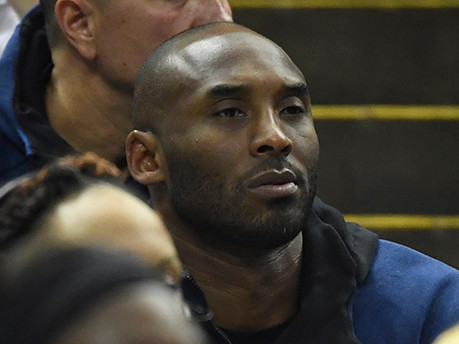
Christmas 2014. Banks are closed. Stores are closed. But Twitter fingers never rest. After the men behind the accounts @SnottieDrippen and @MyTweetsRealAF spent scores of tweets arguing over the effect of Kobe Bryant’s legendarily diligent chucking on team success. (Bryant scored the fourth-most points in NBA history during his career, but he’s also the all-time leader in missed shots.) Things got heated to the point that @MyTweetsRealAF took things to the next level, asking, “You in San Diego right???” and proposing the fracas move from online to the streets in Temecula, California. @SnottieDrippen agreed, so @MyTweetsRealAF drove more than half an hour to the home of Southern California’s wine country to make a stand for Kobe’s honor. But it turns out that @SnottieDrippen, trolling, was not even in the state at the time. The incident, now known as “Meet Me In Temecula,” became a meme, a diss track, and a touchstone for NBA Twitter.
The adoration for Bryant has long outpaced his winning, and he did plenty of winning: five championships, two finals MVP awards, an Oscar. Wherever he went, people got on their knees for him like he were a god, and to this day his name is invoked whenever someone arcs a crumpled wad of paper into a wastebasket. Even during Kobe’s late era on the Lakers, as the team was losing three-quarters of their games, his acolytes continued their worship—paradoxically, the death threats @SnottieDrippen received after his run-in with @MyTweetsRealAF suggest that his fans’ devotion actually intensified to make up for the star’s fade. Stans can’t bear the nagging feeling that there’s truth in the hate, so they fight their powerlessness any way they can. And when your faith is questioned, a few dozen miles is just a holy pilgrimage. —Jorge Cotte
A Haunting Commentary on Standom

It was 2009 and I, a late ’90s baby in the early throes of adolescence, was reading through the online comment section of a teen magazine when the following words appeared before me: “I wish he would beat me.” Above the comment was a leaked snapshot of the brutality that had drawn both this user and myself to the same digital site—an image of Rihanna, then 20, with bruises and bite marks on her face, the aftermath of intimate partner violence at the hands of Chris Brown, then 19. A personal tragedy made pop culture. In just a few short words, this commenter, presumably another (pre)teen, eclipsed this context to articulate a love that not only abided violence but also cultivated a desire for it.
In the wake of the domestic violence scandal, I recall seeking out the wisdom of adults to make sense of the spectacle. I soon discovered that the adults around me had developed their own appetites for and apathies toward such violence. Some even admitted to their own attractions to the teen boy at the center of it all. I shouldn’t have been surprised. After all, he was R&B’s child groom. Discovered at 13, signed by 15, and already accumulating major awards and nominations, Brown’s burgeoning-but-flourishing career built its foundation on a teenage talent molded and marketed by the industry’s powers-that-be. The attendant teen desire being a prized commodity in an adult entertainment economy is why that one user’s wish to be beaten by their celebrity love haunts me more than all the other takes I’ve been subjected to regarding that moment.
That comment made no mention of case details or theories of the abuse’s catalyst. It simply named the raw, unexamined feeling that prompted its author’s arrival at the scene of the crime. Published on a digital site decidedly geared toward teens, this online admission marked the collision of the market for teen celebrity media and the “authentic” voice of teenage consumers. And it’s precisely the honesty of the remark that horrifies. For the terror of stan culture is not simply about the ways it mobilizes passionate consumers. Rather, we fear stans because they force us to acknowledge our own ethical flexibility in the name of things we enjoy. Celebrity hinges on our silent wish for power, desire, and capital. The stan simply wishes aloud. —Jordan Taliha McDonald
Future Fans Purple Rain on Russell Wilson's Mother's Day Parade
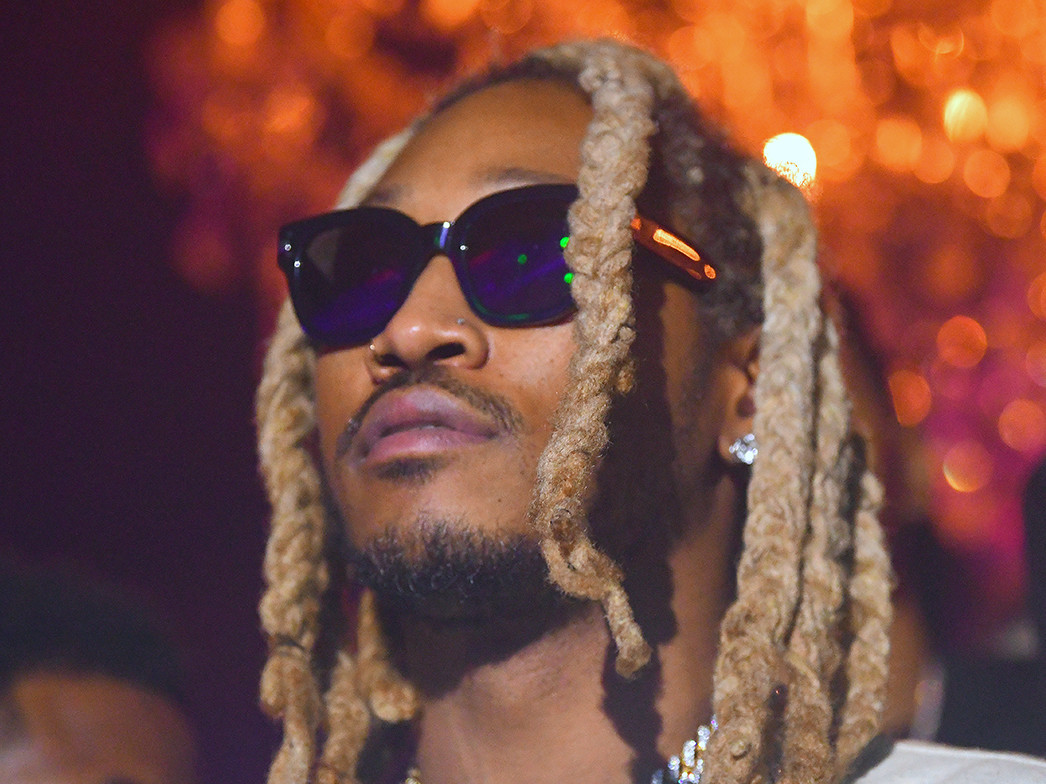
Over the last decade, Future has grown to be one of the biggest trap artists in the world. His trademark soulful rapping and crooning about drugs, money, and toxic relationships have fostered a legion of loyal followers (who may or may not be using his lyrics and life for their own projections), eager to wield his codeine gospel to humble those who trespass against him. But no one riles up #FutureHive quite as much as Russell Wilson, current QB of the Denver Broncos, premier Subway salesperson, and husband of pop star and Future’s ex-partner Ciara.
Wilson, always brand conscious, has melded his wholesome image with Ciara’s. Part of that includes openly loving on Ciara’s son with Future, Future Zahir, whom Wilson has adopted. This is an affront to the hypermasculine Future image worshipped by the top online denizens of the hive: Ciara belonged to Future in their eyes, and anyone who dated her after they broke up was thought to be merely glomming on to Pluto’s clout. Things came to a head on Mother’s Day 2017, when Wilson posted a lovely dedication to Ciara on his Instagram: “You are an amazing mom & I’m so grateful I get to spend the rest of my life with you & raising our kids,” Wilson wrote. “I love you!”
It was a simple message, but one Future absolutists took great offense with. Sprinkled between lots of purple umbrella emojis (the official emoji for fans of the Purple Reign artist), they were quick to comment on the photo about how Zahir was not his kid, that he was using another man’s son to look good, that he was a “cuck.” Pay no mind how much more traumatic it would be for the child to not be included by Wilson. FutureHive thought Wilson was trying to make his claim over Future’s child after already taking, in their mind, his woman. After all, Future was still rapping about her as recently as 2018—as well as his other many baby mothers—so in their mind he could come back for her at any time.
Plus, the Future fans seemed to relish the unhappiness of Ciara and, really, any woman who might feel some way about his degrading ideas of the women he’d been with. After all, many Future die-hards became that way between his six-project run spanning 2014’s Monster and 2015’s Drake collaboration What a Time to Be Alive, during which he often rapped raw and unapologetic about his relationship woes with real contradictory clarity, tossing between wanting to be in love but still wanting to follow his libido. It was vulnerable, complex, and ugly stuff, but in the end many fans were attracted to that lifestyle more than the complications, mistaking emotional confusion with the resulting toxicity. And for them, the toxicity became the point. —Israel Daramola
Ana de Armas Goes Mask Off Against @ArmasUpdates on Twitter

The Ana de Armas Updates stan account on Twitter (@ArmasUpdates) has gone through the full spectrum of what it takes to run a fan page. The page got started in November 2019, just months before the pandemic. A twentysomething from Texas who goes by AJ told Paper Magazine that he became a fan of de Armas after watching Blade Runner 2049 and started documenting her career after her role in Knives Out, which cemented her as a movie star to watch.
What first started as a way to support and show love to de Armas and her projects then became a page that tracked the actor’s comings and goings during the COVID-19 lockdowns. De Armas and then-boyfriend Ben Affleck were usually spotted on walks with their dogs, grabbing coffee, and they were often maskless, so the @ArmasUpdates account began chiding her. Accompanying some paparazzi shots of de Armas walking her dog, the account wrote, “Ana de Armas looks so good holding a bag of dog poop, but she’d look even better with a mask on during these times (April 25, 2020).” This criticism led to the actor blocking the fan account, and AJ briefly deactivated @ArmasUpdates so that he could focus on his mental health after “receiving hate from all sides” that came afterward.
Usually, stans are known for their uncritical devotion, but this minor friction between artist and fan showed that, unlike with many other stan accounts, it is possible to offer constructive criticism of their fave alongside genuine appreciation. But all’s well that ends well: Fast-forward to 2022, and AJ fulfilled his dream of meeting the actor at the Venice Film Festival. —Karla Rodriguez
SHARE THIS STORY
